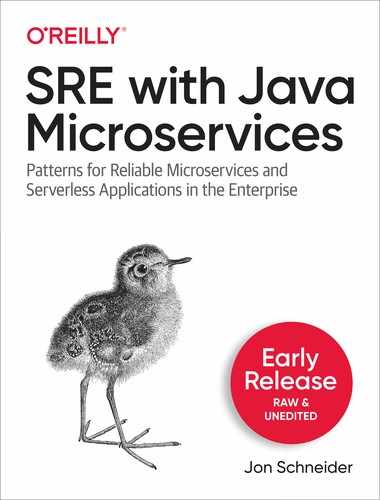Book Description
In a microservices architecture, the whole is indeed greater than the sum of its parts. But in practice, individual microservices can inadvertently impact others and alter the end user experience. Effective microservices architectures require standardization on an organizational level with the help of a platform engineering team.
This practical book provides a series of progressive steps that platform engineers can apply technically and organizationally to achieve highly resilient Java applications. Author Jon Schneider covers many effective SRE practices from companies leading the way in microservices adoption. You’ll examine several patterns that were created after much trial and error in recent years, complete with Java code examples.
Chapters are organized according to specific patterns, including:
- Application Metrics: Availability, debuggability, and Micrometer
- Debugging with observability: Three pillars of observability; components of a distributed trace
- Charting and alerting: Building effective charts; KPIs for Java microservices
- Safe multi-cloud delivery: Automated canary analysis
- Source code observability: The problem of dependencies; API utilization
- Traffic management: Concurrency of systems; platform, gateway, and client-side load balancing
